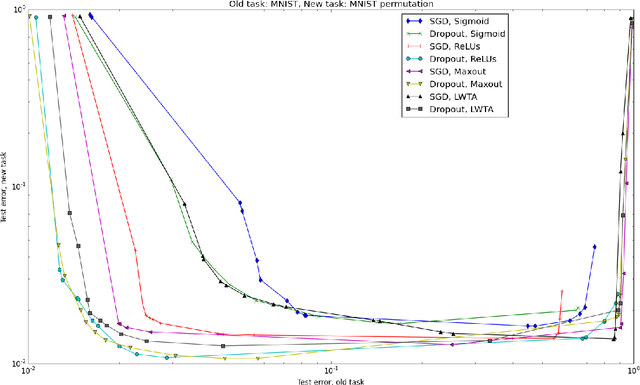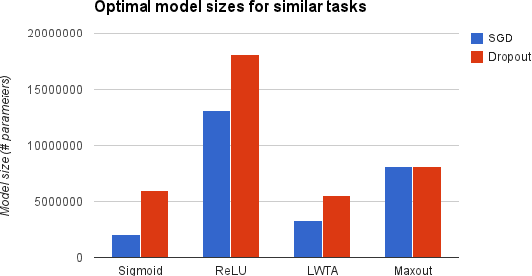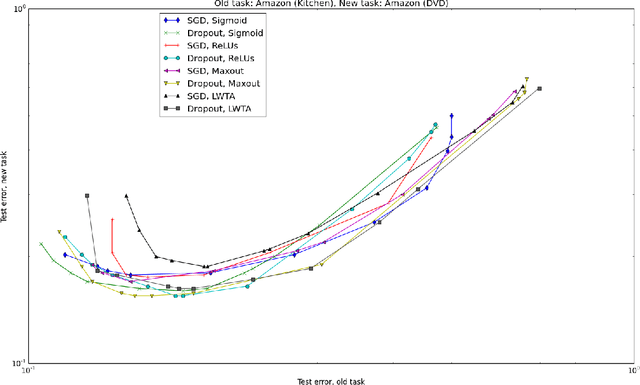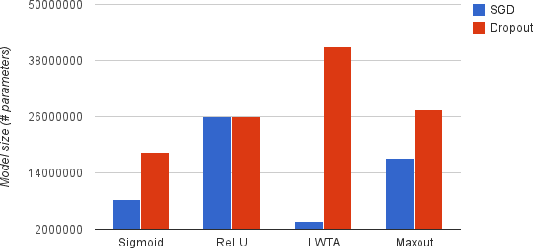An Empirical Investigation of Catastrophic Forgetting in Gradient-Based Neural Networks
Paper and Code
Mar 04, 2015



Catastrophic forgetting is a problem faced by many machine learning models and algorithms. When trained on one task, then trained on a second task, many machine learning models "forget" how to perform the first task. This is widely believed to be a serious problem for neural networks. Here, we investigate the extent to which the catastrophic forgetting problem occurs for modern neural networks, comparing both established and recent gradient-based training algorithms and activation functions. We also examine the effect of the relationship between the first task and the second task on catastrophic forgetting. We find that it is always best to train using the dropout algorithm--the dropout algorithm is consistently best at adapting to the new task, remembering the old task, and has the best tradeoff curve between these two extremes. We find that different tasks and relationships between tasks result in very different rankings of activation function performance. This suggests the choice of activation function should always be cross-validated.
 Add to Chrome
Add to Chrome Add to Firefox
Add to Firefox Add to Edge
Add to Edge